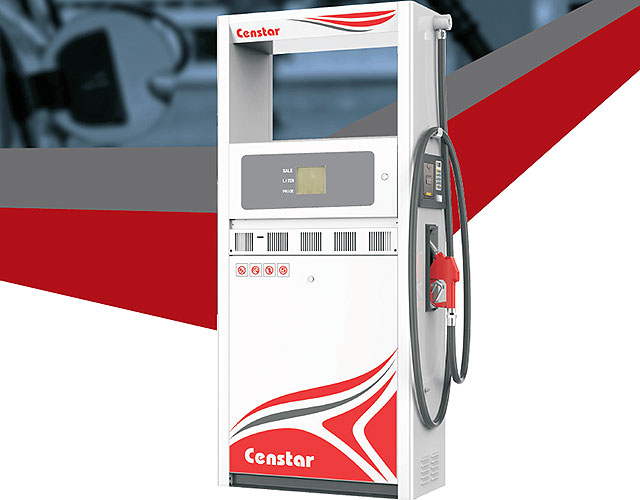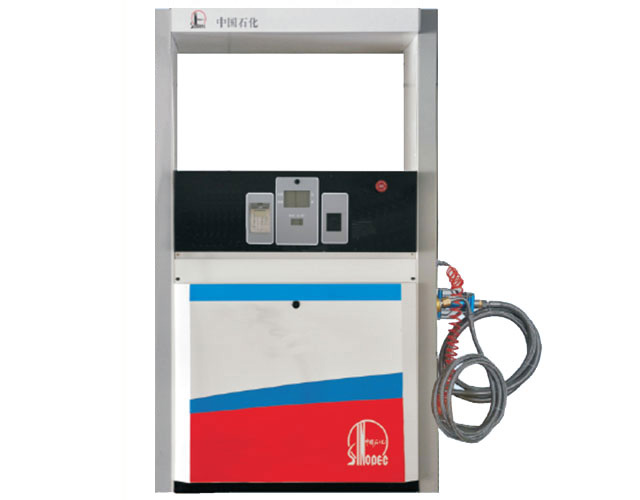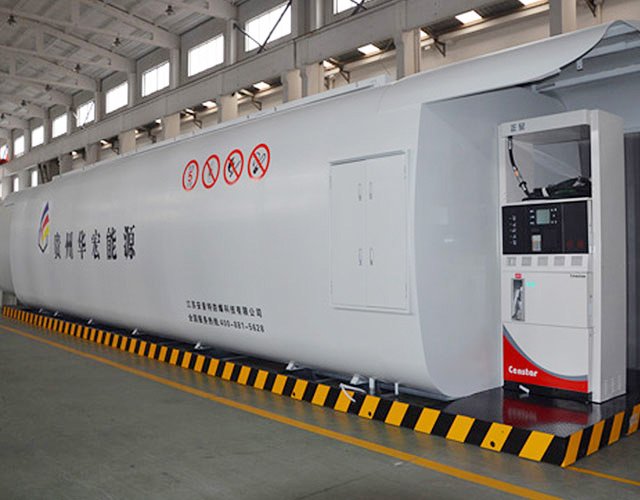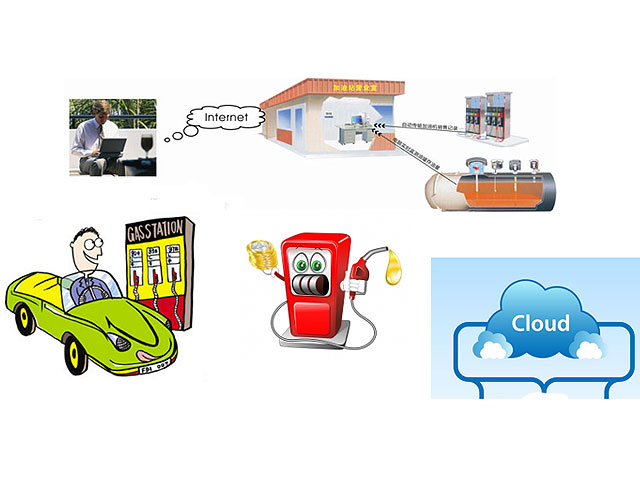
Economy of Argentina Wikipedia
Reserves of shale gas and tight oil in the Vaca Muerta oil field and elsewhere are estimated to be the world's third largest. Despite the country's large untapped wind and solar potential new renewable energy technologies and distributed energy generation are barely exploited. Wind energy is the fastest growing among new renewable sources.

Review of the United States energy system in transition
The most significant change in U.S. primary energy production since 2000 is the rapid expansion of unconventional “tight” oil and “shale” gas production after 2007, which reversed the decline in U.S. oil and gas production and produced new record high levels of production of both (Figs. 6 and 7) .

PPT ENERGY RESOURCES IN TUNISIA PowerPoint presentation
CONNECTING RENEWABLE ENERGY WITHIN THE GRID cole Nationale d'Ing nieurs de Tunis (ENIT) University of Tunis El Manar Despite the fact that the Arab states are the biggest oil and gas producer in PowerPoint PPT presentation free to view

Mexico Oil & Gas Review 2018 by Mexico Business Publishing
Energy, Sierra Oil & Gas and Premier Oil. “At this moment, the. were located in the Tampico Misantla basin. oil discovered at Zama is classified as a contingent resource instead of a reserve.

(PDF) The Arab World's Non Linear Electricity Transitions
Since 2010, direct crude burn has from price fluctuations, and greater reliance on domestically fluctuated between roughly 300,000 barrels per day in the produced energy rather than While Morocco has winter and 800,000 or 900,000 barrels per day in the summer. made a very large investment in renewable capacity, the Saudi Arabia’s summer burn can consume nearly 10 percent of country’s

100% renewable electricity in Australia Energy Matters
Proposals for energy storage have included compressed air, bio gas, flywheels, batteries, solar thermal and others. All have been hopelessly impractical or expensive for use at large scale. In February, Andrew Blakers at the ANU published his study “100 percent renewable electricity in Australia”.

ENERGY RESOURCES IN TUNISIA The Third French
Tunisia has modest proven oil reserves of 308 million barrels. In 2005, Tunisia produced around 75,000 barrels per day (bbl/d) of crude oil. This represents a 37 percent decline from Tunisia’s peak output of 120,000 bbl/d between 1982 and 1984. Currently, the country's domestic oil production capacity cannot meet the country's

Tunisia faces tough strategic choices as demand for energy
Tunisia sources approximately 85% of its primary energy needs from domestic oil and gas resources, and the balance from imported oil and gas. A significant share of the country’s energy imports is in the form of gas sourced from Algeria, either as a transit fee for gas destined

Economy of Bahrain Wikipedia
Bahrain is generally a country which is open to creating a unique economy which is fast growing and open for all to create business opporturnities. Hydrocarbon industry. Petroleum and natural gas are the only significant natural resources in Bahrain. Because of limited reserves, Bahrain has worked to diversify its economy over the past decade.

IEF Official Publication Moscow 2014
reached a level of 198.9 tcm in 2013. Natural gas reserves are more dis persed than those of oil, with OAPEC accounting for 26.6 percent of the world’s total. By the end of 2013, OAPEC natural gas reserves had reached 52.9 tcm, and they are concentrated in Qatar, which holds about 46.2 percent of OAPEC total and 12.3 percent of the world’s total.

How Renewable Energy Benefits Rural Areas EcoMENA
Solar Energy Prospects in Tunisia. Tunisia is an energy dependent country with modest oil and gas reserves. Around 97 percent of the total energy is produced by natural gas and oil, while renewables contribute merely 3% of the energy mix.

List of countries by natural gas proven reserves Wikipedia
There is some disagreement on which country has the largest proven gas reserves. Sources that consider that Russia has by far the largest proven reserves include the US CIA (47.6 trillion cubic meters), the US Energy Information Administration (49 tcm), and OPEC ( tcm).

Tunisia energy market research Tunisia data, reports, prices
Total Energy consumption. The country's per capita consumption is 1 toe, which is 5 times lower than the EU average. Its per capita electricity consumption is 1 429 kWh (2017). Total energy consumption increased rapidly between 2000 and 2010, and since 2012 (around 2.3%/year; it decreased by 4.5% in 2011 due to the economic recession).

Energy Supplies of the World Petroleum, Coal, Gas, Uranium
Energy Supplies of the World Petroleum, Coal, Gas, Uranium Published Actual Energy Supplies, Coal, Oil, Natural Gas, Uranium Most recent Report data included here is from a published May 2010 Report (from the OGJ, the Oil and Gas Journal).

Huge Countries Without Their Own Oil Reserves Include
24/7 Wall St. looks at 10 wealthy countries as measured by GDP that lack any significant amount of proved oil reserves. 10 Huge Countries Without Their Own Oil. , oil and gas, U.S. Energy

energy pedia upstream oil & gas news for EP professionals
As estimated by OGJ, Tunisia had modest proven oil reserves of 308 million barrels as of January 2006. The majority of Tunisia's oil reserves are located in the Gulf of Gabes and the Ghadames Basin in the southern part of the country. In 2005, Tunisia produced around 75,000 barrels per day (bbl/d) of crude oil.

The effects of a natural gas boom on employment and income
The initial total sample includes all counties in Colorado, Texas, and Wyoming, of which there are 338 after dropping two counties in Wyoming with missing data. The states were chosen because they are major on shore producers of natural gas with readily available data on gas production at

Tunisia
Tunisia's proven reserves of natural gas as of 1 January 2005, totaled 2,750 billion cu ft, of which around two thirds of it is located offshore. In 2003, natural gas production totaled 100 billion cu ft, up from 88 billion cu ft in 2002 and 79 billion cu ft in 2001. Tunisia's consumption of natural gas

Economy overview. The World Factbook. 2008
Economy—overview. The country is richly endowed with natural resources petroleum, hydropower, fish, forests, and minerals and is highly dependent on its oil production and international oil prices, with oil and gas accounting for one third of exports. Only Saudi Arabia and Russia export more oil than Norway.

Federal Register :: Energy Conservation Program: Energy
Energy Conservation Program: Energy Conservation Standards for Commercial Water Heating Equipment. This is a savings of 8 percent relative to the energy use of this equipment For natural gas and oil fired commercial water heaters, the primary energy savings are considered equal to the site energy savings because they are supplied to










 Message
Message tel
tel Inquiry
Inquiry